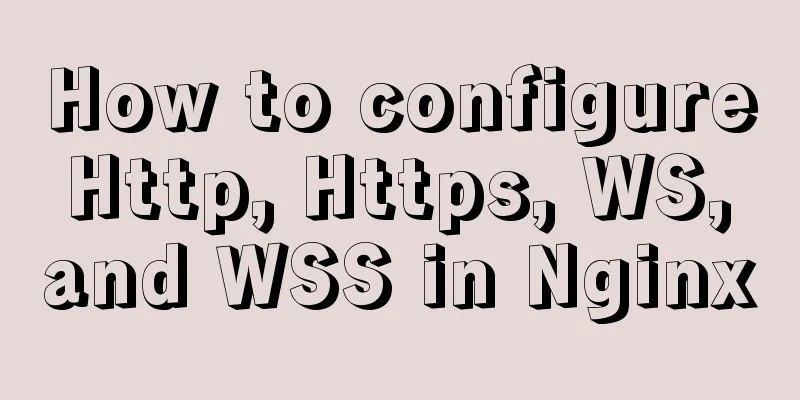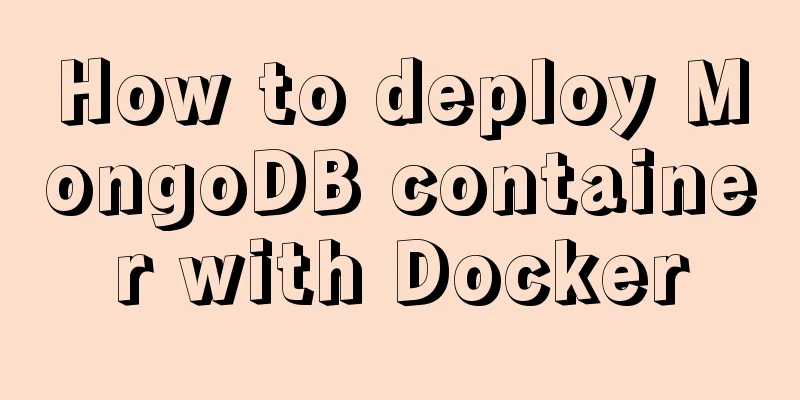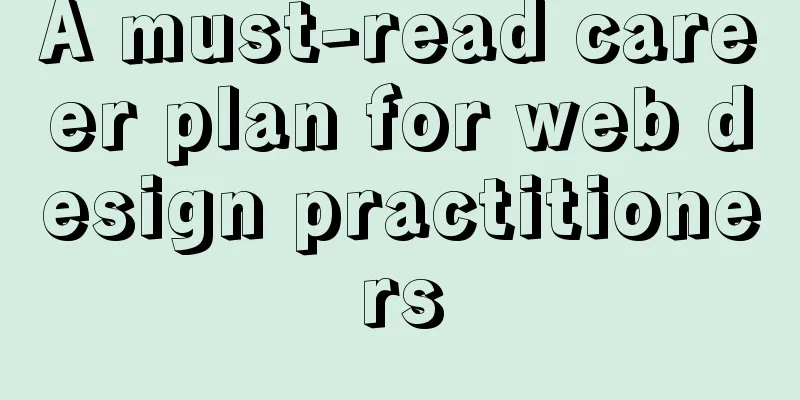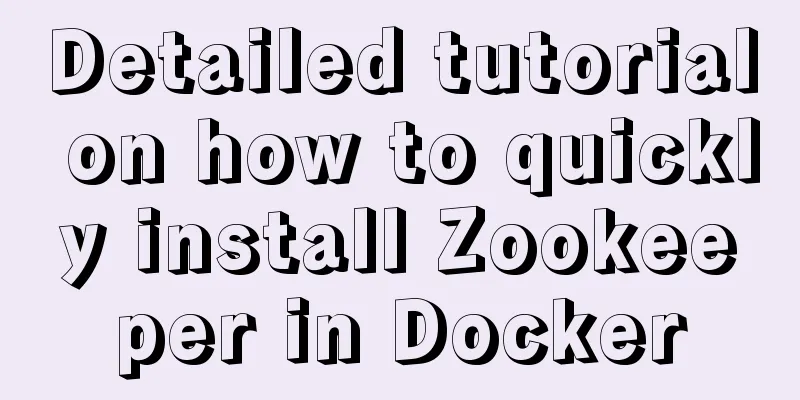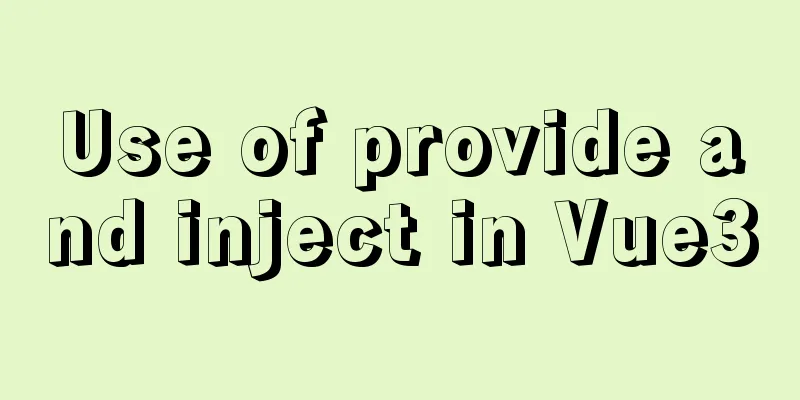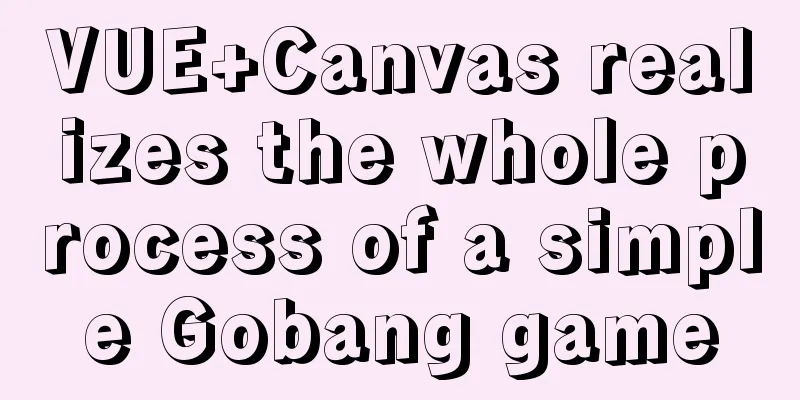9 Practical Tips for Creating Web Content Pages
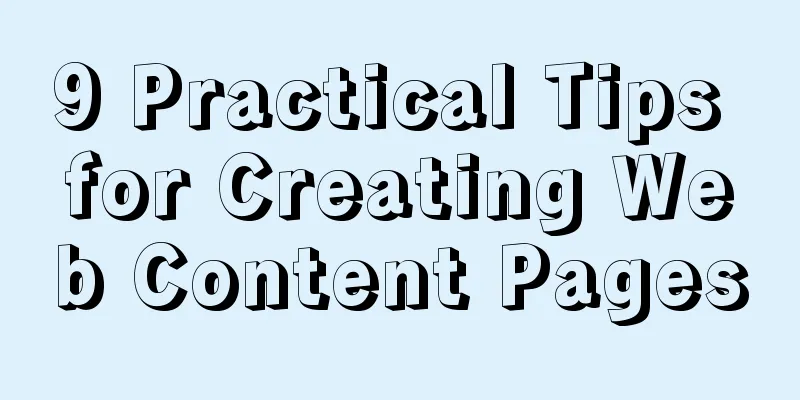
|
Content 1. Give readers a reason to stay. Make the web page interesting and fascinating. But first of all, make it useful. A simple way to do this is to offer mutual participation – ask readers to do something, like sign up for a regular newsletter, and reward them for their participation in some way, like a weekly prize draw or the chance to download something. 2. The most valuable sites for visitors are those that make it immediately clear what information is available, how to obtain it, and possibly how the reader can correct any errors he thinks are inaccurate or add his own content. 3. Sign your name and show the honors you received - but don't put a long signature here. A little self-promotion can be appropriate, especially if you want to make your page personal, but it can be awkward and get in the way of substantive content. All you have to do is link to the About Author page, which is also the appropriate place for disclaimers, copyright notices, and similar instructions. 4. Don't include general Web references and links that everyone has but are no longer popular. Links to Alta Vista and Yahoo are probably sufficient, but otherwise your external links should be to places that are of special significance and that your readers haven't encountered yet. 5. If you have positive feedback in the form of reviews or reader comments, consider including it on the home page - perhaps somewhere at the beginning, or as a link to the honors page. If done right, it can encourage and reassure new visitors. On the contrary, if it is not done properly, it will be regarded as self-boasting, and the actual content will take a back seat. 6. Unlearn most of the habits you have learned about writing on paper. The task facing text-based, paper-oriented writing is to craft a carefully crafted narrative that holds the reader's interest while informing, entertaining, or persuading; but text is not the primary component of most Web layouts—even when there is more text on a page than other elements, it is often the other components (images, hypermedia links) that are considered more important than the text alone. 7. Structure is crucial. Web pages may appear to be two-dimensional, but they should not be interpreted as such. The original structure of the printed page no longer exists on the Web; authors need to focus on the visible structure of the document, because it may have more subtle communicative functions. 8. Web readers do not read every word. Their reading style is more like speed reading rather than line-by-line reading like a rigid tree-style file. Reading on a computer screen isn't a particularly comfortable experience, so readers want results as quickly as possible. 9. In the creation of web pages, the reader is actually a collaborator. In addition to paying attention to vocabulary, tone, and other considerations that apply to any type of writing, web authors must be aware and specific about the way readers' physical movements—clicking mouse buttons, scrolling pages, composing emails—are also part of the communication process. |
<<: How to implement vertical text alignment with CSS (Summary)
>>: IE9beta version browser supports HTML5/CSS3
Recommend
9 great JavaScript framework scripts for drawing charts on the web
9 great JavaScript framework scripts for drawing ...
Implementation code for infinite scrolling with n container elements
Scenario How to correctly render lists up to 1000...
Detailed explanation of CSS counter related attributes learning
The CSS counter attribute is supported by almost ...
Search optimization knowledge to pay attention to in web design
1. Link layout of the new site homepage 1. The loc...
Detailed tutorial on how to modify the root password after forgetting it in MySQL 5.7
Preface For a long time, the application and lear...
Understanding MySQL index pushdown in five minutes
Table of contents What is index pushdown? The pri...
Gojs implements ant line animation effect
Table of contents 1. Gojs Implementation 1. Drawi...
How to run Linux commands in the background
Normally, when you run a command in the terminal,...
Detailed explanation of building Nginx website server based on centos7 (including configuration of virtual web host)
1. Nginx service foundation Nginx (engine x) is d...
Vue implements a search box with a magnifying glass
This article shares with you how to use Vue to im...
Summary of using the reduce() method in JS
Table of contents 1. Grammar 2. Examples 3. Other...
Detailed explanation of the error problem of case when statement
Preface In the MySQL database, sometimes we use j...
MySQL high availability solution MMM (MySQL multi-master replication manager)
1. Introduction to MMM: MMM stands for Multi-Mast...
Detailed explanation of where the image pulled by docker is stored
20200804Addendum: The article may be incorrect. Y...
How to delete the container created in Docker
How to delete the container created in Docker 1. ...

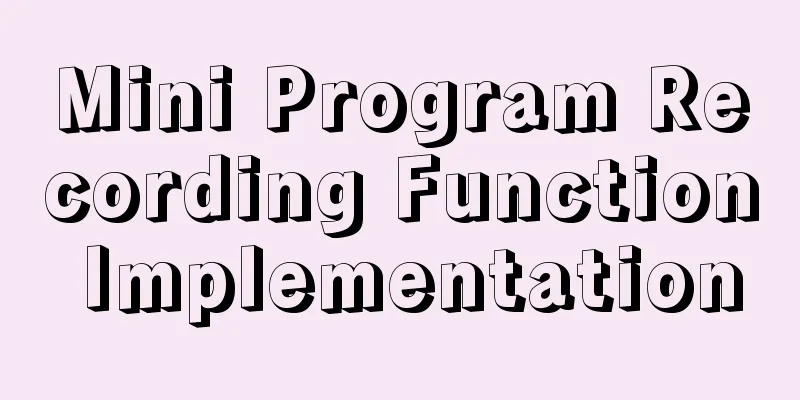
![Centos 7.4 server time synchronization configuration method [based on NTP service]](/upload/images/67caeb8a142d5.webp)
